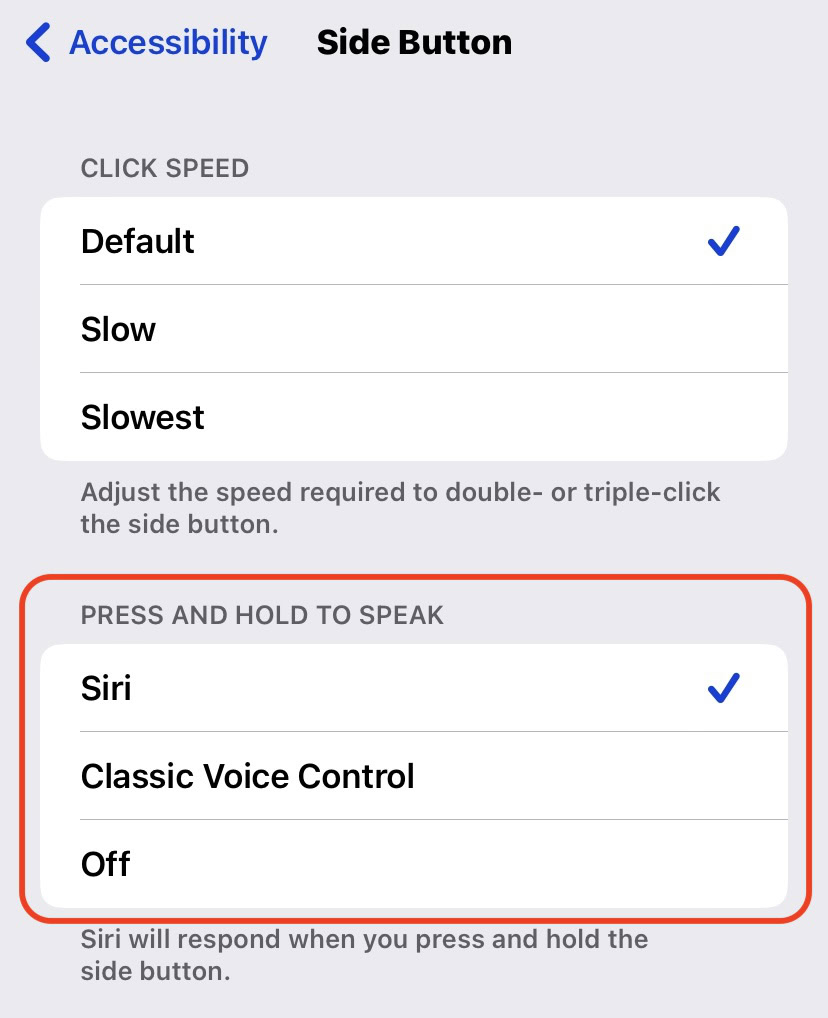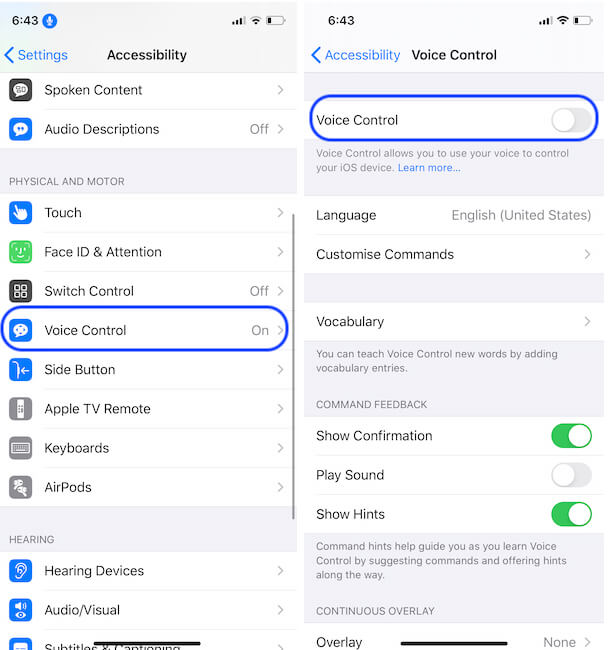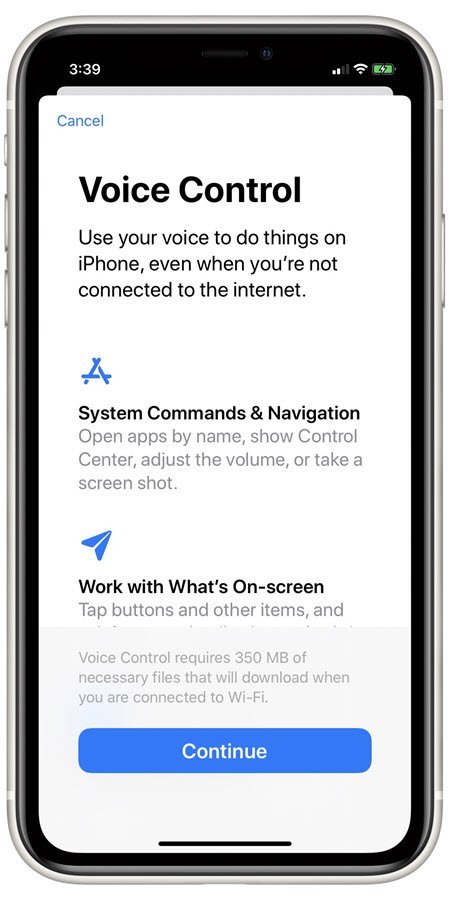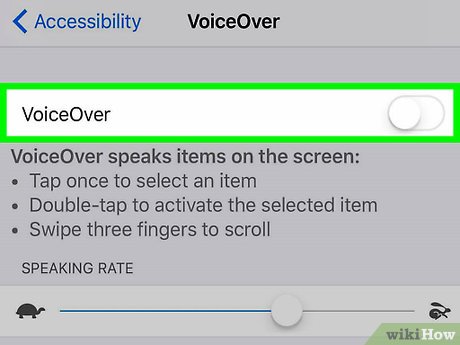3 Ways To Disable Voice Control

Voice control has become an integral part of modern technology, offering users a convenient and hands-free way to interact with their devices. However, there are situations where disabling voice control is necessary, either for privacy reasons, to prevent accidental activation, or to maintain a focused work environment. In this article, we will explore three effective methods to disable voice control across different devices and platforms, providing a comprehensive guide for those seeking to manage their voice assistant experiences.
Method 1: Disabling Voice Control on Mobile Devices

Mobile devices, such as smartphones and tablets, often come equipped with voice assistants like Siri on iOS and Google Assistant on Android. While these assistants can be incredibly useful, there may be times when you wish to disable them to avoid unintended commands or to ensure privacy.
Step-by-Step Guide to Disabling Voice Control on iOS
- Go to Settings on your iPhone or iPad.
- Scroll down and tap on Siri & Search.
- Toggle off the Listen for “Hey Siri” option. This will prevent your device from responding to the wake phrase, “Hey Siri.”
- Additionally, you can disable Siri Suggestions and Siri Suggestions in Search to minimize Siri’s interference with your search results and app suggestions.
- For a complete disablement, you can also turn off Siri Suggestions on Lock Screen, ensuring no personal information is displayed on your lock screen.
Disabling Voice Control on Android Devices
Android devices offer similar customization options to manage voice control. Here’s how you can disable Google Assistant:
- Open the Google app on your Android device.
- Go to Settings and select Google Assistant.
- Toggle off the Google Assistant switch. This will disable the assistant across all your devices linked to that Google account.
- Alternatively, you can disable voice control specifically for the Home button by going to Settings, System, and then Gestures. Disable the Voice match for “Ok Google” option.
Method 2: Disabling Voice Control on Smart Speakers

Smart speakers, like the Amazon Echo or Google Home, are designed to respond to voice commands. However, if you find these devices to be intrusive or if you want to ensure privacy, disabling voice control is an option.
Disabling Voice Control on Amazon Echo
To disable voice control on your Amazon Echo device:
- Open the Amazon Alexa app on your smartphone.
- Go to Settings and select your Echo device.
- Scroll down and tap on Wake Word.
- Toggle off the Wake Word option. This will prevent your Echo from responding to the wake word, “Alexa.”
- Additionally, you can disable Drop-In and Announcements to further minimize the device’s interference.
Disabling Voice Control on Google Home
For Google Home devices, the process is as follows:
- Open the Google Home app on your smartphone.
- Go to Settings and select your Google Home device.
- Scroll down and tap on Assistant.
- Toggle off the Ok Google detection option. This will prevent your Google Home from responding to the wake phrase, “Ok Google.”
- You can also disable Assistant Suggestions and Personal Results to further reduce the device’s activity.
Physical Mute Option
Most smart speakers also offer a physical mute button or switch to instantly disable voice control. This is a quick and easy way to ensure privacy, especially if you’re having a sensitive conversation in the vicinity of the device.
Method 3: Disabling Voice Control on Computers
Voice control on computers, such as the Hey Siri feature on macOS or the Voice Access feature on ChromeOS, can be useful for hands-free computing. However, disabling these features is essential for maintaining focus and privacy during work or study sessions.
Disabling Voice Control on macOS
To disable Hey Siri on your macOS device:
- Go to System Preferences and select Siri.
- Uncheck the Enable Hey Siri option. This will prevent your Mac from responding to the wake phrase, “Hey Siri.”
- You can also disable Suggestions in Spotlight Search to minimize Siri’s interference with your search results.
Disabling Voice Control on ChromeOS
ChromeOS devices, such as Chromebooks, offer the Voice Access feature. To disable it:
- Go to Settings and select Accessibility.
- Scroll down to the Voice Access section and toggle off the Voice Access switch.
- This will disable the feature, preventing your Chromebook from responding to voice commands.
Disabling Voice Control on Windows
Windows 10 and 11 devices offer the Cortana voice assistant. To disable it:
- Go to Settings and select Privacy.
- Under Speech, toggle off the Hey Cortana option. This will prevent your Windows device from responding to the wake phrase, “Hey Cortana.”
- You can also disable Dictation if you don’t require voice-to-text functionality.
Future Implications and Privacy Considerations
As voice control technology advances, it becomes increasingly important to have control over when and how these features are enabled. While voice assistants offer convenience and efficiency, they also raise privacy concerns, especially regarding the collection and storage of user data. By having the ability to disable voice control, users can maintain a level of privacy and control over their digital experiences.
Furthermore, with the growing integration of voice control in various devices and platforms, it is essential for users to understand how to manage these features. Disabling voice control can prevent accidental activations, ensure a focused work environment, and maintain privacy in personal spaces.
| Device | Voice Control Feature | Disable Method |
|---|---|---|
| iOS Devices | Siri | Toggle off "Listen for "Hey Siri" |
| Android Devices | Google Assistant | Disable in Google app settings |
| Amazon Echo | Alexa | Toggle off "Wake Word" in Alexa app |
| Google Home | Google Assistant | Disable "Ok Google" detection in Google Home app |
| macOS | Hey Siri | Uncheck "Enable Hey Siri" in System Preferences |
| ChromeOS | Voice Access | Toggle off Voice Access in Settings |
| Windows | Cortana | Toggle off "Hey Cortana" in Settings |

Conclusion: Empowering Users with Control

In today’s technology-driven world, voice control has become an essential feature, offering convenience and efficiency. However, the ability to disable voice control is equally important, allowing users to maintain privacy, prevent accidental activations, and create a focused environment. By understanding the various methods to disable voice control across different devices and platforms, users can take control of their digital experiences and ensure a balanced and secure interaction with their technology.
Can I disable voice control temporarily without changing my device settings?
+Yes, most devices offer a quick toggle or button to temporarily disable voice control. For instance, on iOS devices, you can press and hold the Home button or the Side button to ignore “Hey Siri.” Similarly, smart speakers often have a physical mute button.
Will disabling voice control affect other features on my device?
+Disabling voice control should not affect other features significantly. However, some devices may have integrated voice control for specific tasks, so disabling it might impact those functions. It’s recommended to explore the device’s settings to understand the potential implications.
Can I re-enable voice control if I change my mind?
+Absolutely! The process to re-enable voice control is typically the reverse of the disablement process. You can easily re-enable the feature in the device’s settings, and it will function as before.
Are there any privacy concerns when using voice control?
+Yes, voice control often involves the collection and processing of user data, which can raise privacy concerns. By disabling voice control, you reduce the potential for data collection and enhance your privacy. It’s important to review your device’s privacy settings and understand how your data is being handled.